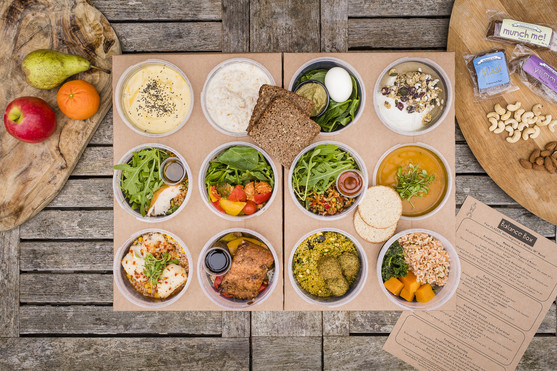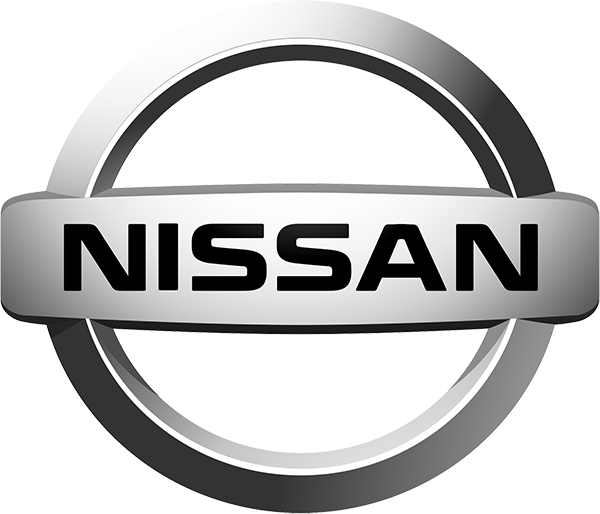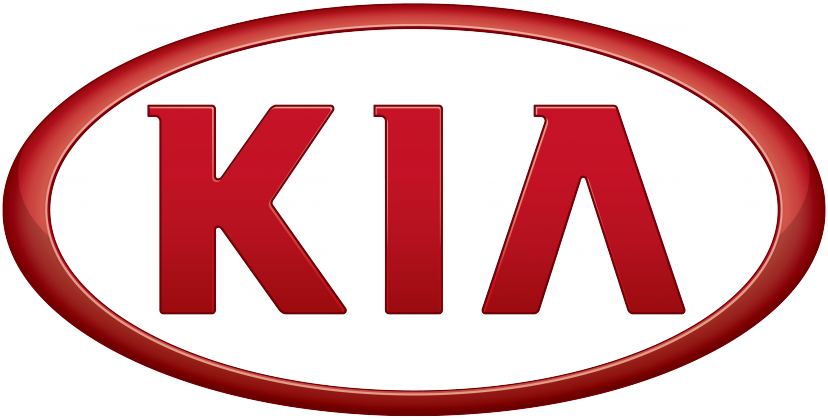
When you think of subscription services, you probably think of companies such as Netflix and Amazon Prime, but there’s another space which is seeing big growth – and that’s food and retail.
From razors for your face to meal kits, the subscription-based business model is far more than the new kid on the block.
With that in mind, let’s take some time to explore the recent explosion of subscription-based businesses in the food space.
Where it began
There’s no doubt that food subscription model is here to stay. It just pairs so well with the convenience of our digital and instantaneous world.
In fact, if you’ve travelled by public transport, watched television or scrolled through almost any social media feed, it is very likely you’ve seen several subscription services advertised.
The concept of regularly paying for an ongoing service dates all the way back to the 17th century, when consumers would subscribe to periodicals from their favorite outlets. From there, the concept of subscriptions became a mainstay in the publishing industry, covering, newspaper, books and magazines.
The Internet boom of the last 2 decades combined with the subscription website technology availability that the model became truly viable to a broader audience.
As the entertainment and publishing industry was the first adopters of subscription, they remain the most common with brands including Netflix, Spotify and Amazon Prime. Netflix famously threw the video rental company Blockbusters off the main stage by realising the value of a subscription model.
But entertainment is definitely not the only industry taking this business model by storm. Retail and specially food brands, while still emerging verticals, are beginning to have a vast impact. Two of the best examples are Dollar Shave Club with its famous subscription-based razors, and Hello Fresh, which provides its. meals kits with the fresh and convenient appeal.
The model has become so popular that bigger brands are starting to pay attention and launch their own services.
Take Panera Bread, for example. It recently launched an unlimited coffee subscription, Panera+, for $8.99 a month. It’s surely only a matter of time until the larger players in this space, (Starbucks, we’re looking at you), follow suit.
The food subscription business is booming and believe it or not there is plenty of growth ahead. .
The benefits of the subscription model
There are plenty of reasons that businesses are pursuing the subscription-based model, but for now let’s just focus on the main ones:
- Predictable Monthly revenue stream – Just like a client retainer, subscription services unlock a reliable and consistent monthly revenue stream.
- Better Cash Flow – Because customers pay an upfront cost, you’re able to offer better prices.
- Forecasting at a different level – You know your revenue for next month, hence it’s far easier for you to forecast for the future.
- Long Customer Life Time Value – Provided that your customers like your offering, they will stay.
How can you make sure that your subscription service is successful
If you are considering starting your own path into the subscription world, there are a few points you should consider first to make a success of it.
1) What problem are you solving?
If you are to be in successful subscription website, you first need to be crystal clear on the core problem or pain point that your subscription model solves.
Maybe it’s being able to access niche food products or access healthy food in a specific diet program. Maybe, you are offering a easily accessible product, such as coffee, but adding variety and convenience in an organised way.
Determining the pain-point that your product fixes requires you to know your end consumer inside out. So make this a priority before launching into anything.
2) Plan your safe guards
Just like any other business, risk is inherent to subscription-based services. One of the biggest risks for this particular model, however, is that customers can “pull the plug” at any time.
Each customer who churns shaves another tiny slice off your bottom line, so working on your retention is essential. It’s also worth planning for the most unpredictable scenario – global crises, recessions and now pandemic. Is your subscription service actually benefits from any of these or would cause customers to instantly cancel your services?
3) How will consumer trends affect your business model?
Another major aspect that can make or break a subscription brand, especially in the food space, is consumer trends.
This also means being ahead of the curve in understanding all of the social and ethical aspects that influence the product your business is built around.
For example, in the last decade, quinoa experienced a totally unexpected boom, but as consumers got wise on the impact that quinoa farming has on local communities (who now, ironically, can’t afford to eat it), sales have dwindled. Know your product inside out and be sure to plan ahead of shifting perceptions.
4) Is there actually any money in it?
Let’s be realistic here: if there’s no money in a concept, it probably isn’t worth pursuing as a business – and, as we’ve seen, not all ideas are winners.
That said, the numbers for subscription businesses are promising. Taking the UK as an example, the population spends a whopping £2 billion on subscription services every year – and 1 in 4 of all Brits are subscribed to at least one service.
So provided you find the right hook and answer the right pain point, there’s definitely money to be made.
5) How will you market your subscription-based service?
There’s a natural synergy with internet-based subscription services and another popular digital pastime: social media.
While traditional channels of online advertising will perform just fine for subscriptions, social media is the ideal fit – especially influencer marketing. By engaging with influencers and having them try out your product as part of a sponsorship deal, you can reach a huge audience of engaged consumers.
The demographic here is generally millennials, who, again for subscription services of all varieties.
6) Choose the right technology from the start
Keep it in mind. This is a technology game combined with a great product/service. So make sure you start with the right food subscription technology that will allow your business to scale and automate, while at the same time give your customers the best user experience.
The importance of an integrated management software is often overlooked in the food business. The website is seen as a mobile store and nothing more. On the contrary, having the right website and software can lead to streamlining kitchen production and marketing. You want to sell online, but you also need to manage your business end-to-end.

















